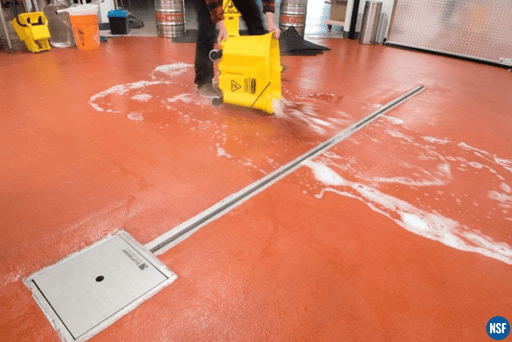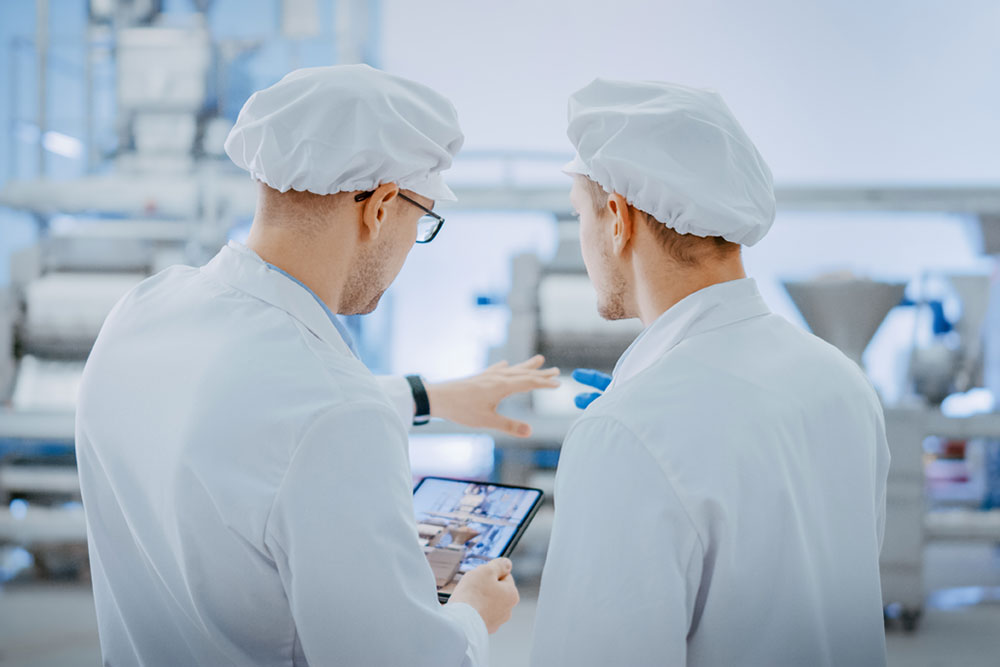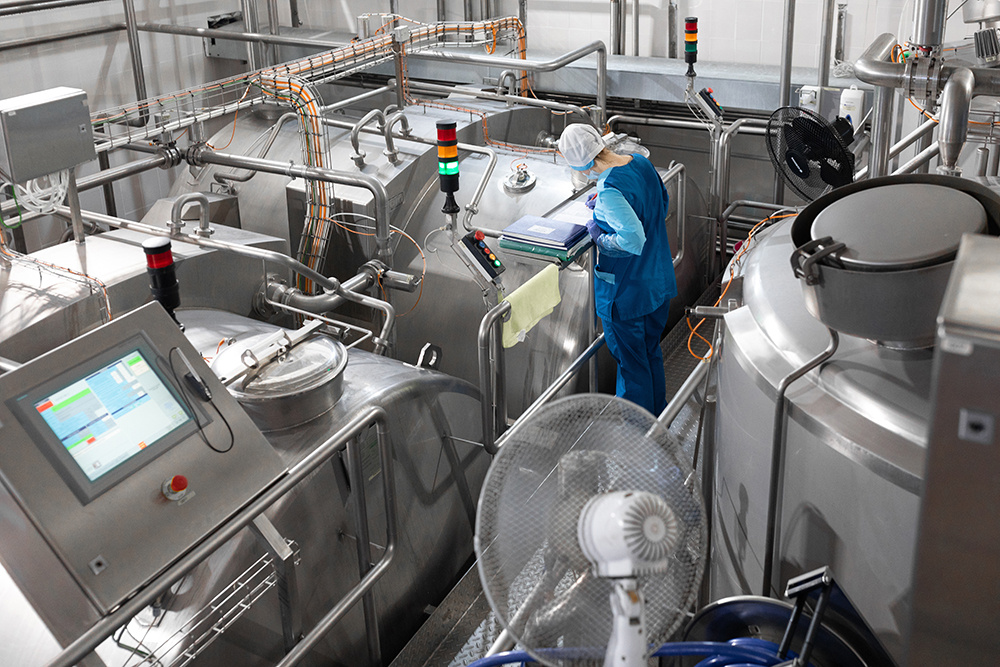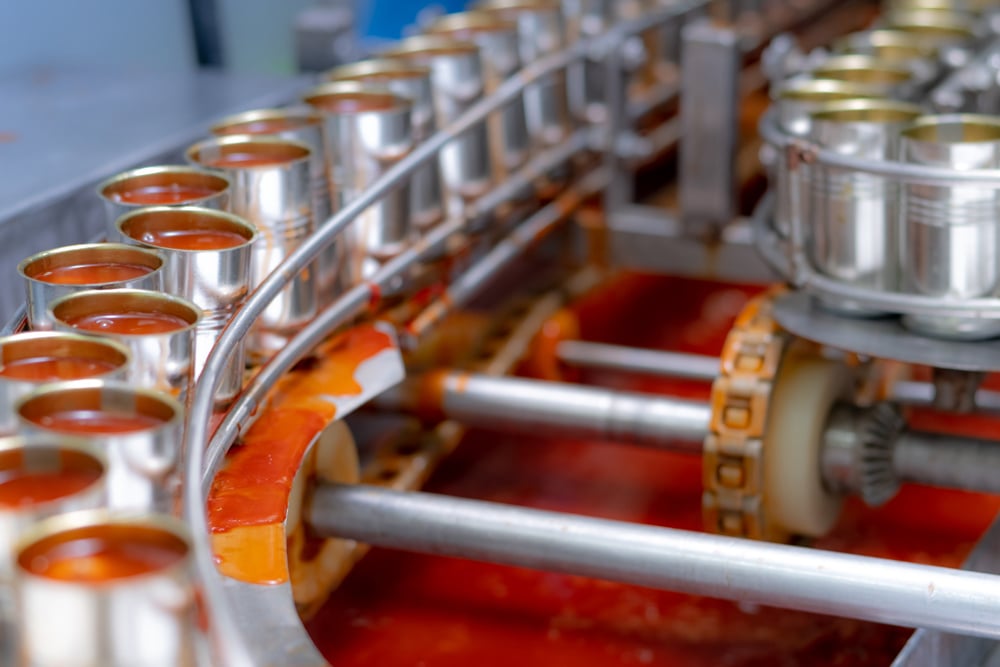Typically, when food safety comes up, human-consumed foods come to mind, but safety in pet food processing is also critical, as pets are equally susceptible to sickness and even death due to contamination.
Without food safety and sanitation measures, pet food can become exposed to various types of bacteria and other types of contamination, making it unsafe for consumption. Animals should be entitled to the same safety considerations that humans get, especially where food processing is concerned.
Here’s how to take food safety to the next level in any pet food processing facility.
WHY IS SANITATION IMPORTANT IN PET FOOD PROCESSING?
As detection technology has advanced, food recalls have become more common in the food and beverage manufacturing industry. Bacterial contamination is to blame for the majority of them, and these offenders appear in both human and pet food processing facilities.
Salmonella, listeria, and E.coli are the main bacteria responsible for recalls, all of them causing varying degrees of illness depending on the strain and level of contamination. Without proper sanitation protocols, contamination can cause pets to become critically ill and even die.
This is not only costly for owners who have to deal with vet bills, but also for facilities, which can face losses and other consequences associated with recalls, including a lapse in consumer trust.
Here are five considerations that can help ensure that pet food processing facilities function in a safe, sanitary manner.
5 METHODS TO IMPROVE PET FOOD PROCESSING SAFETY
1. TAKE THE TIME TO TRAIN EMPLOYEES
Proper training is essential to ensuring that employees understand the production process and how to maintain a sanitary facility in order to prevent the spread of bacteria and contamination. By ensuring that employees have the proper training that is regularly reviewed and updated, facilities can function safely and efficiently.
Training should cover everything about working in the facility, including handling and storing products, proper use of the various tools and equipment, proper personal hygiene, facility sanitation requirements, and much more. Proper training gives employees the tools to handle everything necessary to ensure food safety within a pet food processing facility.
2. STORE INGREDIENTS THE RIGHT WAY
Different ingredients require different methods of storage, and ensuring proper storage is essential in preventing bacterial growth.
Everything should have designated storage space, in tightly sealed containers if necessary. Without tightly sealed storage, products can spoil or attract disease- and bacteria-carrying rodents and insects.
Ingredients also need proper labels so that employees can properly identify and rotate product, keeping mistakes to a minimum and ensuring good first in, first out (FIFO) procedures are observed. Labels should include what an ingredient or product is and when it was produced in order to track the shelf life.Good labeling practices also help investigators track the source of contamination in the event that such measures are necessary.
3. INSTALL PROPER FLOOR DRAINAGE
Floor drainage is essential to keeping facilities clean, dry, and free from bacteria and contamination. For example, 70% of positive listeria screens are found in a facility’s drainage system, which shows just how critical it is to choose the correct type of drains.
FoodSafe Drains’ pre-sloped, linear, and grate-free drainage systems make them the ideal option for pet food processing facilities. Our drains are made from stainless steel, which makes them extremely durable. The stainless steel construction on products like the 10,000 Series also makes slot drains from FoodSafe Drains resistant to temperature, corrosion, and bacteria.
These drains are also seamless, with no 90-degree angles, which prevents any bacterial harbor points.

4. KEEP THE FACILITY CLEAN
Aside from producing great products, cleaning should be every facility’s number one priority. At the end of each day, employees should thoroughly clean the facility, from the lights to the floors. They should ensure that none of the surfaces have any food residue or lingering bacteria that can result in bacteria growth.
Cleaning within the facility isn't limited to the surfaces you can see and use daily. The drainage system also requires thorough cleaning to ensure that no residual waste is left in the channel, where it can attract bugs and grow mold or other types of contamination.
Even bacteria-resistant systems like Slot Drain need daily cleaning to maintain an adequately sanitized system. The simple brush and paddle utensils make it quick and easy to clean out the drain channel, and FoodSafe Slot Drains feature clean-in-place considerations, including our Flush-Flo accessory, which enables a waterline connection for easy flushing of the channel.
5. USE LAYOUT BEST PRACTICES
As in any food production facility, the layout should follow the production order, starting with raw ingredients and ending with the finished product. Following this order is critical because it minimizes the spread of bacteria and contamination to other parts of the facility. The right layout also creates a safer facility for employees and minimizes potential production mistakes.
IMPROVE SANITATION PRACTICES IN YOUR FOOD PRODUCTION FACILITY
Pets have always been our companions, but now they are so much more. A pet is part of the family and deserves the best treatment. Without safe food, a pet can suffer many different health issues and, in some cases, pet food safety issues can even lead to permanent health issues and death.
By improving existing practices and implementing new safety measures, facilities can ensure the best safety and sanitation possible. The right measures will protect the facility, its employees, and, most importantly, the pets that are consuming the food.
Questions?
High-quality, effective drainage is an important step in creating a food-safe environment in your facility.
Contact a drainage expert today to discuss your facility’s needs, its risk factors, and how FoodSafe Drains can provide a safe, sanitary solution.


